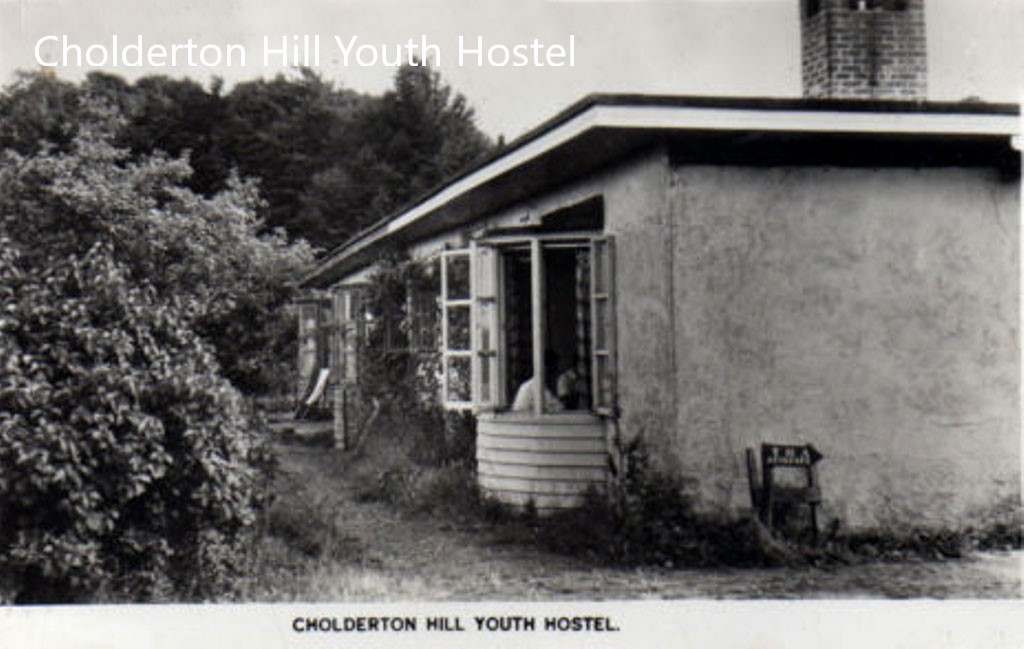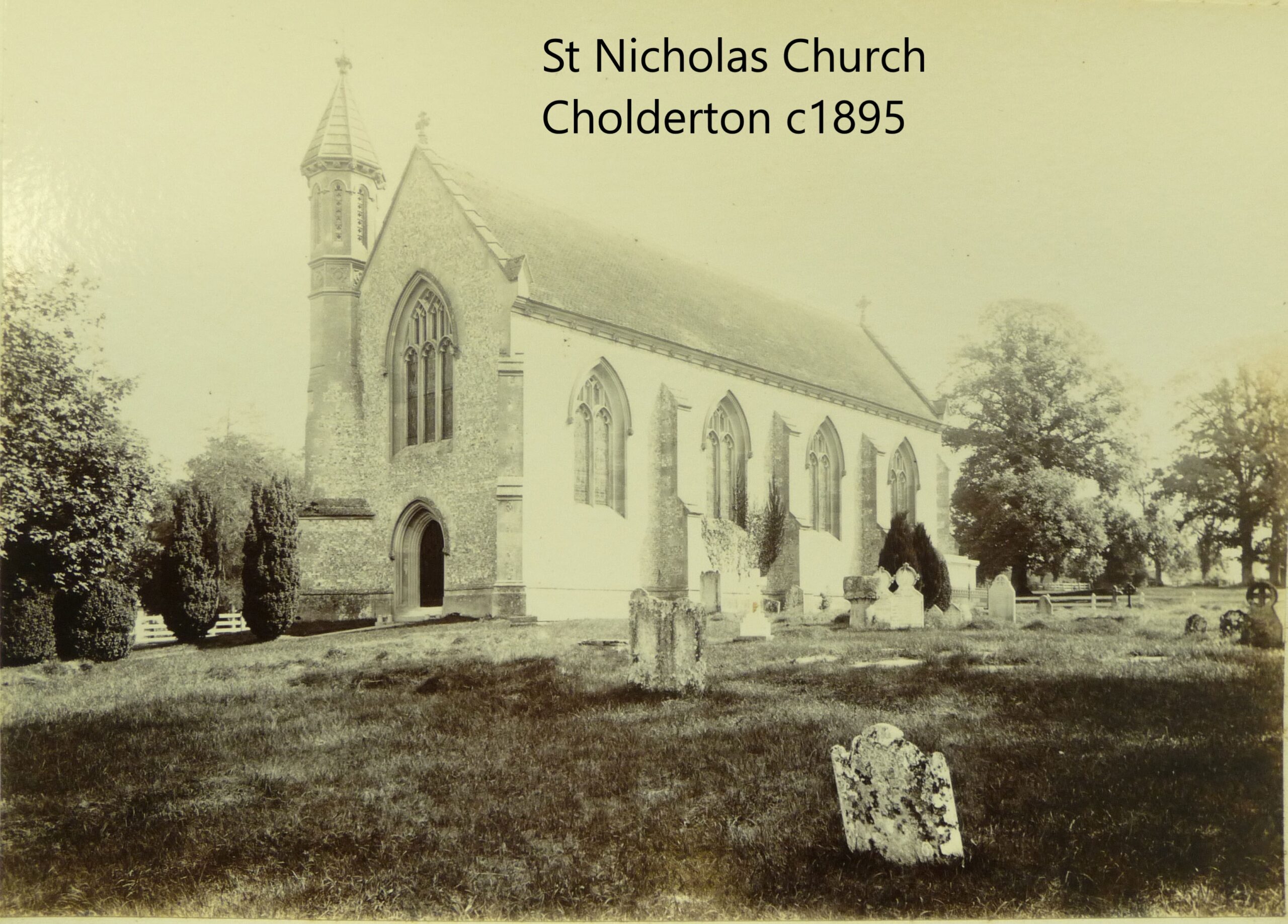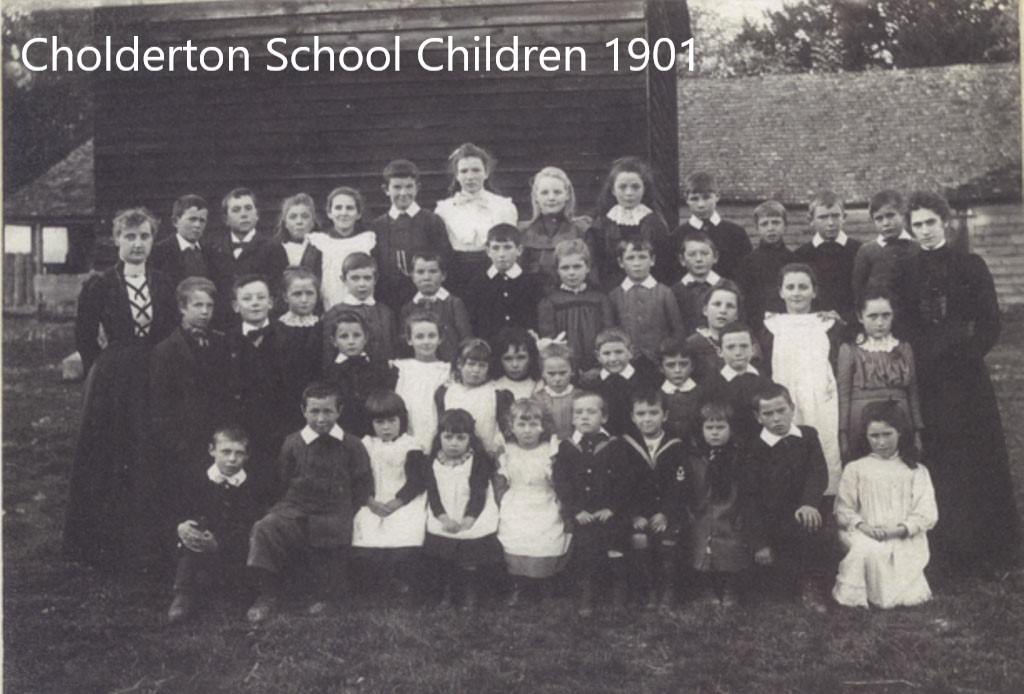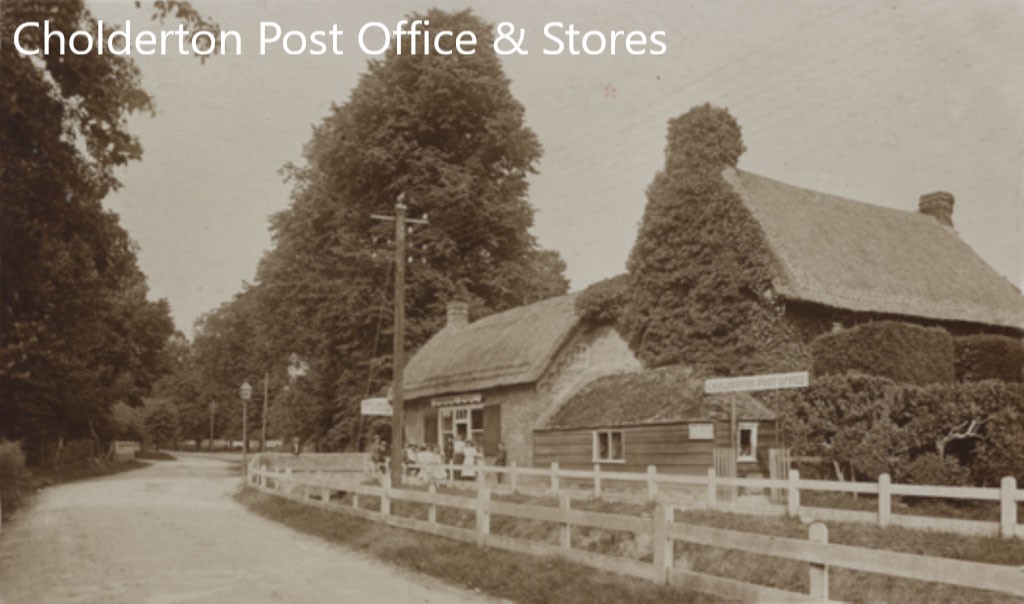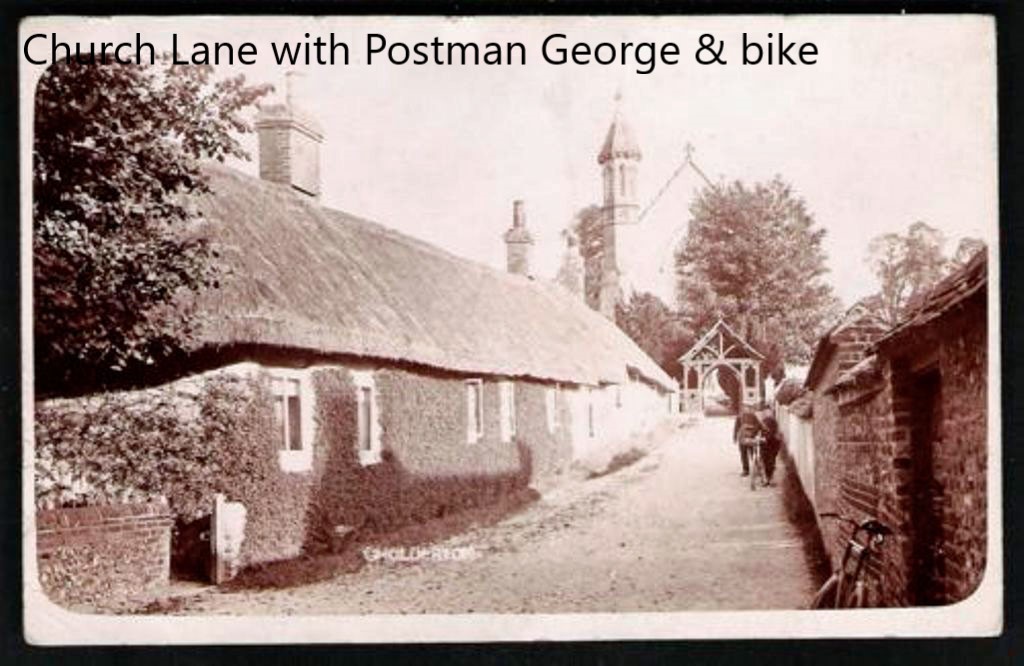CHOLDERTON
THE rumbling of horse-drawn gun carriages interrupted lessons at Cholderton school in 1914. Today, though aircraft fly low over the village, there are no schoolchildren to be disturbed. The shop has also closed and there’s no post office. It’s tiny. In 1981, as in 1851, the population was 183.
There are two tiny council estates and a born-again cricket club. It’s a scattered, quiet and sought-after village. The church parish spills into Hampshire, but the civil one keeps to Wiltshire. Smugs Lane, where they smuggled, is the county boundary
It has an Elizabethan manor house, a 1694 Cholderton House, two recycled rectories but no resident rector. The garage “won’t lend tools”, there’s an indoor riding school, a Rare Breeds farm and two hotels (one a London-Exeter staging post.) Opposite the 1912 Village Hall, gift of “Inky” Stevens, the thatched Crown Inn has been extended.
Over the tiny bridge and up the steep lane is the remarkable Victorian church of St Nicholas, built to fit its medieval roof. Found lying on Ipswich quay, the roof travelled by sea, canal, and road and T.H. ‘Wyatt designed the 1850 church around it. Some of its stone was used to build the school.
It’s a place of pilgrimage for Americans, all seemingly descendants of the Rev William Noyes. On one chancel wall is the memorial to Henry Charles Stephens, MP for Finchley, squire of Cholderton, who bought 5,000 acres from the Nelson family and others in 1889. “Inky” was the son of the inventor of the first artificial ink. He employed 250 people. He had 14 full-time shepherds.
The 1885 Cholderton Stud of Cleveland Bay horses is still the oldest in the world and the Cholderton Hampshire Down flock (1890) the second oldest.
Grass-topped reservoirs hold half a million gallons of fine spring water which he supplies to the village under a 1904 Act of Parliament.
They dream of local employment. Pearl Rayment used to tell of another Cholderton, where “everyone wanted to work for the Captain
Because he paid an extra shilling”
Long ago, men used to stop for a pint at Sara Bundy’s Crown Inn BEFORE they went to work. They are right to conserve Cholderton. It’s not changed that much since the visits of William of Orange, Admiral Howe or Nelson. Even less since Inky Stephens’ day. Even though the motor car, the commuter and the biro have arrived.
Alison Kidd. Publisher, Salisbury Journal, 1988.
